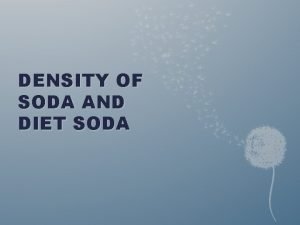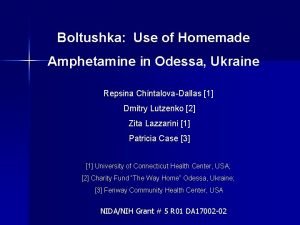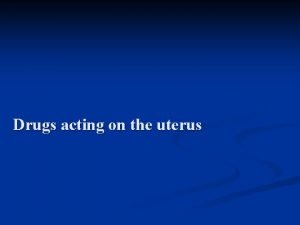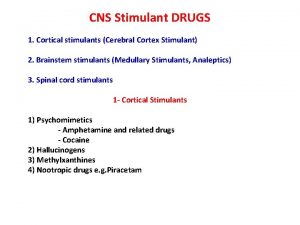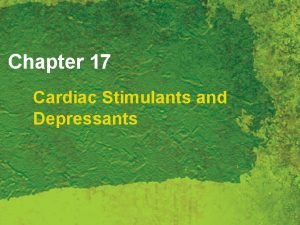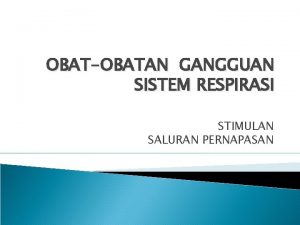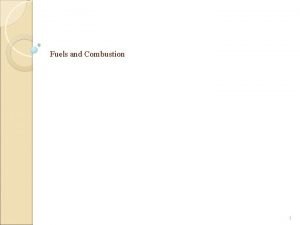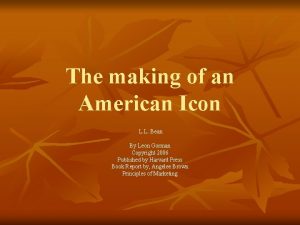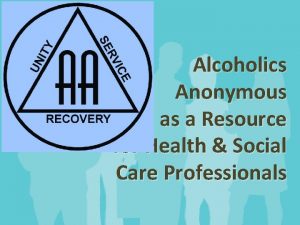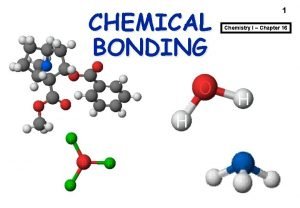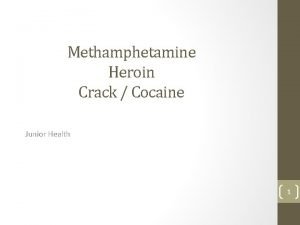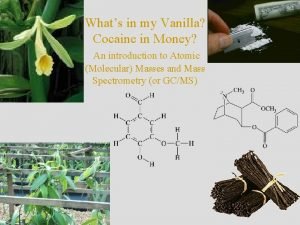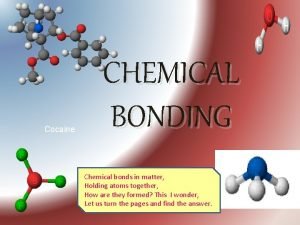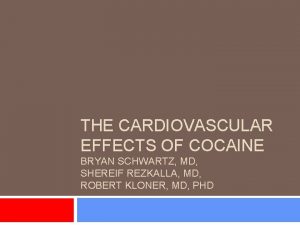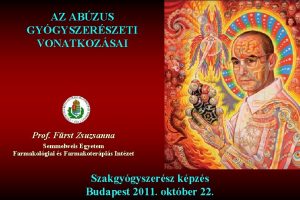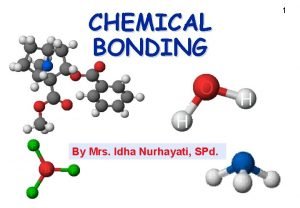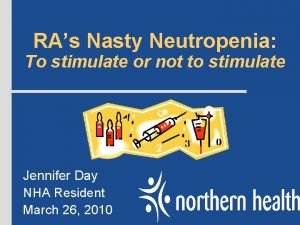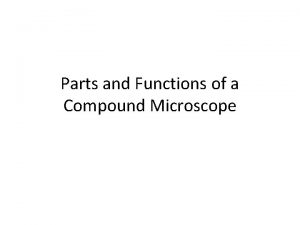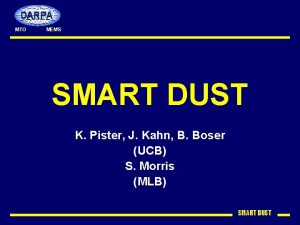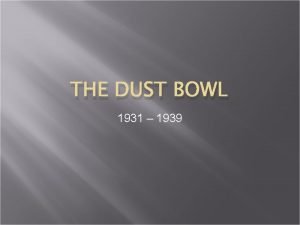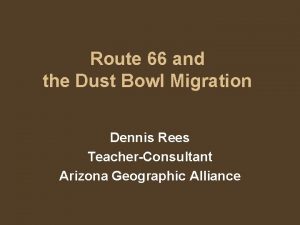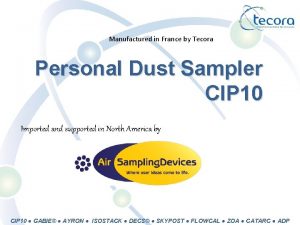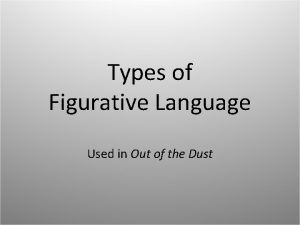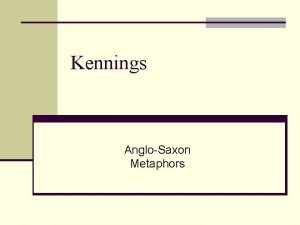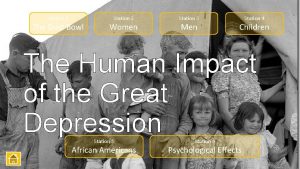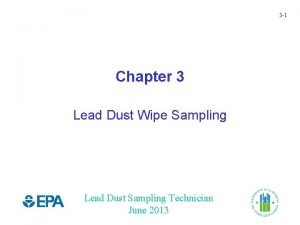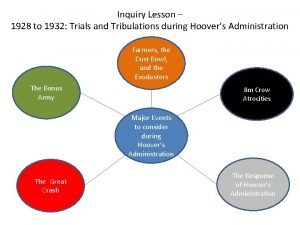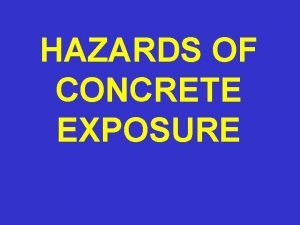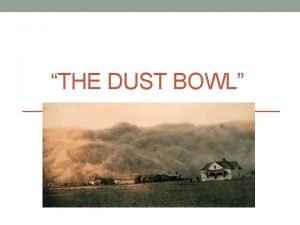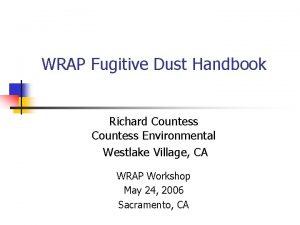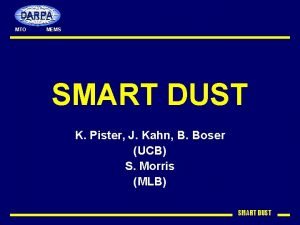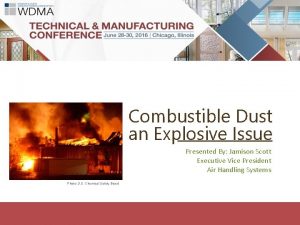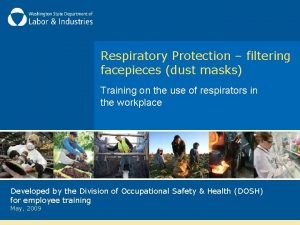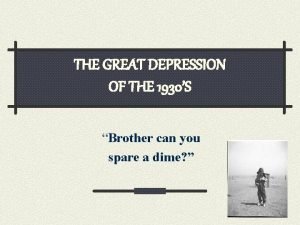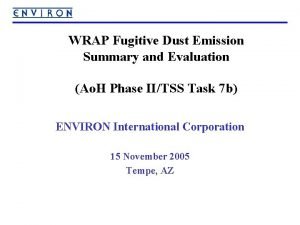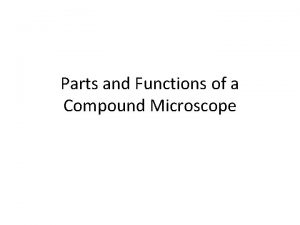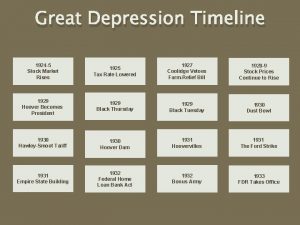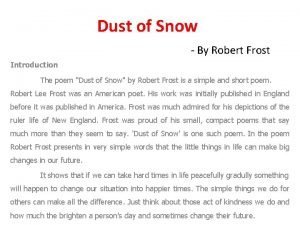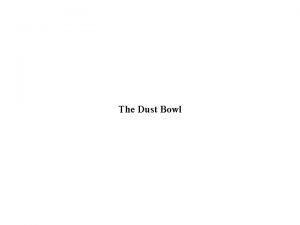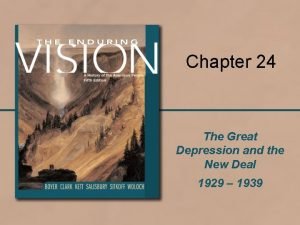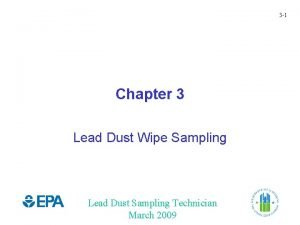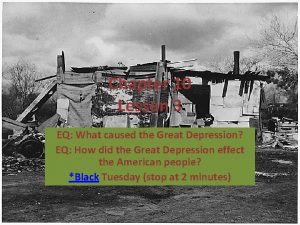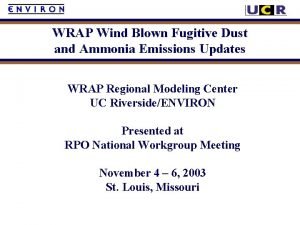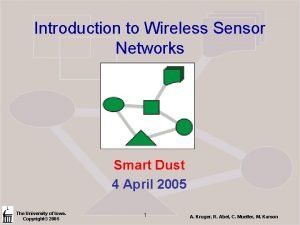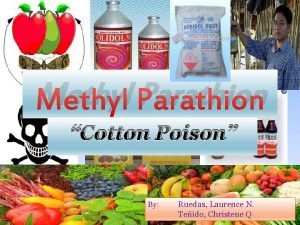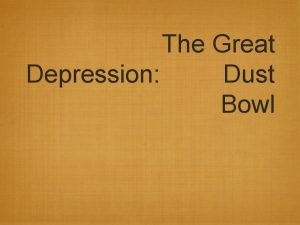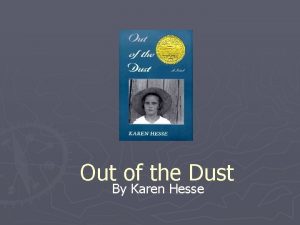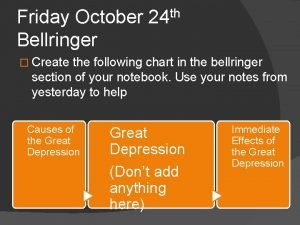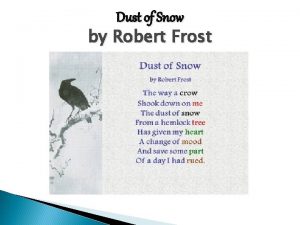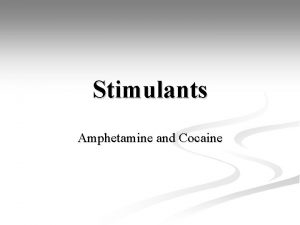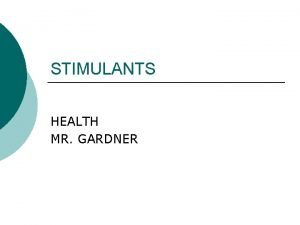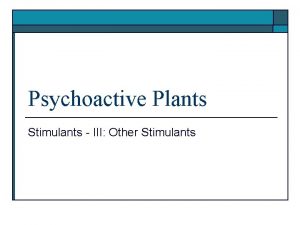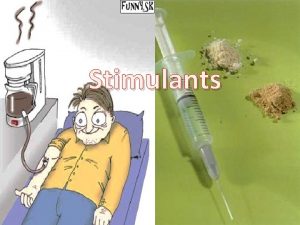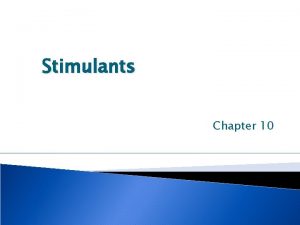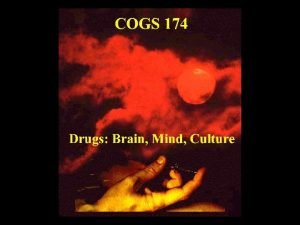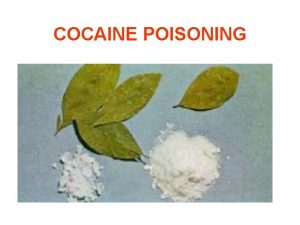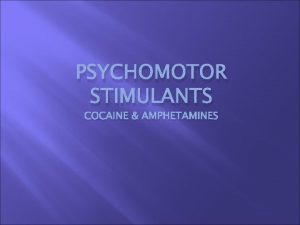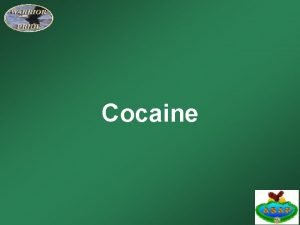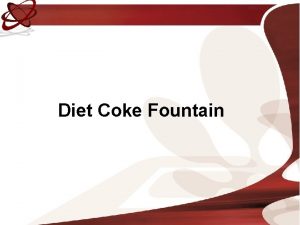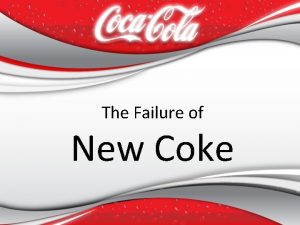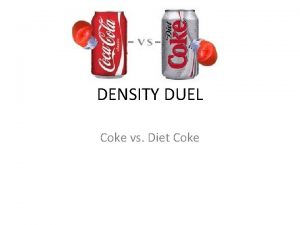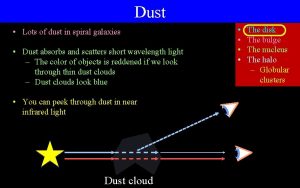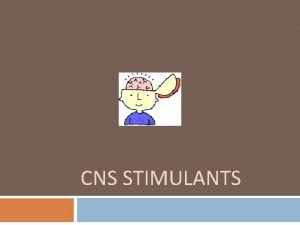Major Stimulants Cocaine Amphetamine Cocaine n Coke Dust









































































- Slides: 73


Major Stimulants. Cocaine Amphetamine

Cocaine n Coke, Dust, Snow, Flake, Blow, Girl

Cocaine: Forms n Coca leaf ( from Erythroxylum coca ) – < 2% cocaine Cocaine HCL – Powder; high cocaine content n Freebase/Paste- high cocaine content /smokable n n Crack – Rock cocaine- high cocaine content/ smokable cheaper/safer to produce

The Psychological Effects of Cocaine n n n n Euphoria Increased Vigilance Reduced reaction time Increased strength and endurance Insomnia Anorexia Mood elevation Increased endurance

High Dose & CNS n Higher doses u u intense feeling of euphoria described as “whole body orgasm”

COCAINE- Sympathomimetic Effects n n n Increased heart rate Increased blood pressure Increased respiratory rate Pupil dilation Vasoconstriction Increased sweating

History of stimulant use n n Coca and the Inca Archaeological evidence of coca use by Incans – 5000 B. C.

n n Native tribes of the Andes have chewed the coca leaf for centuries. The coca plant was considered as divine. (Leaves contain 1% cocaine). Mountain natives chewed balls of leaves almost continually, distances were measured by the number of stops required to maintain dose level.

Use of the Coca leaf has a long history and remains a tradition even today amongst some Native South Americans. Habitual Coca-leaf chewing is not generally regarded as a drug addiction. However it is known that this habit is associated with minimum food consumption, which may in some cases adversely affect intellectual and physical functions.

South American Issue today: Smoking basuco: http: //www. youtube. com/watch? v=Ucl. SE h. Nd. UK 8 ( making cocaine) Coca Paste: The paste is the middle step between the leaf and the powder cocaine. It is much more likely to cause dependence. It is generally very cheap in the Andes countries. Coca paste is much more popular in South American countries then in the United States. (but see “PACO. ”

History of Cocaine. . cont’ n Spanish explorers noticed the anti-fatigue effects of coca. Encouraged its’ use by natives to increase their work efforts …. used coca leaf as payment…

Around 1855 , Albert Neiman isolated cocaine from the coca leaf and described the anesthetic action of the drug when it was put on his tongue.

The Rising Popularity of Cocaine -Late 1800’s 1870 Vin Mariani (Coca wine) was for sale throughout France; containing 6 mg cocaine per ounce of wine.

n In the U. S. Metcalf’s Wine of Coca Public speakers, singers, and actors have found Wine of Coca to be a valuable tonic to the vocal cords. Athletes, pedestrians and base ball players have found by practical experience that a steady course of coca taken both before and after any trial of strength or endurance will impart energy to every movement and prevent fatigue. Elderly people have found it a reliable aphrodisiac superior to any other drug. . .

The Rising Popularity of Cocaine – THE REAL THING!? In 1886, John Pemberton developed Coca Cola, a drink that contained cocaine and caffeine. Cocaine was REMOVED from Coca Cola in 1901 (but it still has the caffeine).

The Rising Popularity of Cocaine -Sigmund Freud (1884) n . . in 1884, recommended cocaine for a variety of illnesses and for alcohol and morphine addictions.

Changing Sentiments n Unfortunately, many of his patients ( and his Friend “Ernst Von-Fleischl) went on to become addicted to cocaine and experience “cocaine Psychosis. ” Freud Later retracted his statements and support of the substance.

Annie C. Meyers. Changing Public Sentiment A “well-balanced Christian women” before n n becoming a “cocaine fiend” “I deliberately took a pair shears and pried loose a tooth that was filled with gold. I then extracted the tooth, smashed it up, and the gold went to the nearest pawnshop, blood streaming down my face and drenching my clothes, where I sold it for 80 cents to buy cocaine. Around this time ( late 1800 s and early 1900 ) there were also many reports of cocaine-related acts of violence. There was also a propaganda campaign aimed at associating cocaine use with minorities and minority violence.

History of Cocaine n Harrison Narcotic Act of 1914 u Banned cocaine in the U. S.

History of Cocaine n n By 1930 s, cocaine pretty much disappeared, but was replaced by amphetamine. By the late 1970 s, coke began a comeback and use levels exploded around 1985 John Belushi In November of 1983 colorful former Cowboys linebacker Thomas “Hollywood” Henderson was arrested for smoking crack with two under-aged teenage girls.

In the meantime…AMPHETAMINE S n Developed in the 1920’s but not utilized until the 1930’s

Amphetamines Effects. . much like the Effects of Cocaine but with longer durations n n n n Euphoria Vigilance Reduced reaction time Increased strength and endurance Insomnia Anorexia Mood elevation Increased endurance

Amphetamineseffects on endurance

Amphetamine: Forms u u u n d-amphetamine l-amphetamine methamphetamine Methamphetamine is more potent than damphetamine, which is more potent than lamphetamine

“Ice” or “Crank” n n Meth Crystals…. Pure dmethylamphetamine HCL (pure methamphetamine will naturally form crystals) u u Is easier to vaporize ( smoke) because of lower melting point. Started in the West moved east over time Labs all over Duplin Co. Very dangerous to synthesize

Amphetamines ( again. . like cocaine effects but longer) Sympathomimetic Effects n n n n Increased heart rate Increased blood pressure Increased respiratory rate (dilation of bronchial villi of the lungs) Pupil dilation Changes in blood flow Increased sweating body temperature

Amphetamine: A Brief History • 1930 s U. S. – benzedrine marketed for treatment of asthma, narcolepsy, depression, appetite suppression (bennies)

Amphetamine: A Brief History cont’ • Also used to keep soldiers alert during combat in WWII • After war, prescribed for fatigue and appetite suppression

Amphetamine in the 1960’s n Early 1960’s - Unfortunately prescribed by physicians to treat heroin addiction…. Dramatic explosion in the drug using sub-culture of the 1960's and very early 1970's. “SPEED FREAKS. ” Many say that the introduction of amphetamine ended the true “hippie culture” of the 1960’s San Francisco scene

Amphetamine use in the 1960’s cont’ n n The typical Speed freak would display a pattern of: Massive doses, and re-dosing: RUNS- lasting 2 -5 days. All in pursuit of the “full body flush (orgasm)” However, these runs were inevitably followed by the “CRASH” CRASH: Sleep for 24 hours or more. . and other more serious problems

Speed Kills. . . …was a slogan that emerged about this time. . Though O. D. s are fairly rare…amphetamine toxicity syndrome ( amphetamine Psychosis. . often lead to acts of violence). By Mid 60’s popular use was significantly declining.

Amphetamine use diminished in the 1970’s and 1980’s…but… • now back up –primarily methamphetamine use. . smoked, snorted, injected or taken orally – ice, crank, crystal, speed, meth, chalk

n n n Message from the Director on "Bath Salts" Emerging and Dangerous Products "Bath Salts", the newest fad to hit the shelves (virtual and real), is the latest addition to a growing list of items that young people can obtain to get high. The synthetic powder is sold legally online and in drug paraphernalia stores under a variety of names, such as "Ivory Wave, " "Purple Wave, " "Red Dove, " "Blue Silk, " "Zoom, " "Bloom, " "Cloud Nine, " "Ocean Snow, " "Lunar Wave, " "Vanilla Sky, " "White Lightning, " "Scarface, " and "Hurricane Charlie. " Because these products are relatively new to the drug abuse scene, our knowledge about their precise chemical composition and short- and long-term effects is limited, yet the information we do have is worrisome and warrants a proactive stance to understand minimize any potential dangers to the health of the public. We know, for example, that these products often contain various amphetamine-like chemicals, such as methylenedioxypyrovalerone (MPDV), mephedrone and pyrovalerone. These drugs are typically administered orally, by inhalation, or by injection, with the worst outcomes apparently associated with snorting or intravenous administration. Mephedrone is of particular concern because, according to the United Kingdom experience, it presents a high risk for overdose. These chemicals act in the brain like stimulant drugs (indeed they are sometimes touted as cocaine substitutes); thus they present a high abuse and addiction liability. Consistent with this notion, these products have been reported to trigger intense cravings not unlike those experienced by methamphetamine users, and clinical reports from other countries appear to corroborate their addictiveness. They can also confer a high risk for other medical adverse effects. Some of these may be linked to the fact that, beyond their known psychoactive ingredients, the contents of "bath salts" are largely unknown, which makes the practice of abusing them, by any route, that much more dangerous. Unfortunately, "bath salts" have already been linked to an alarming number of ER visits across the country. Doctors and clinicians at U. S. poison centers have indicated that ingesting or snorting "bath salts" containing synthetic stimulants can cause chest pains, increased blood pressure, increased heart rate, agitation, hallucinations, extreme paranoia, and delusions. It is noteworthy that, even though we are barely two months into 2011, there have been 251 calls related to "bath salts" to poison control centers so far this year. This number already exceeds the 236 calls received by poison control centers for all of 2010. In response to this emerging threat, several states, including Hawaii, Michigan, Louisiana, Kentucky, and North Dakota, have introduced legislation to ban these products, which are incidentally labeled as "not fit for human consumption. " In addition, several counties, cities, and local municipalities have also taken action to ban these products. We will continue to monitor the situation and promote research on the extent, pharmacology, and consequences of "bath salts" abuse. In the meantime, I would like to urge parents, teachers, and the public at large to be aware of the potential dangers associated with the use of these drugs and to exercise a judicious level of vigilance that will help us deal with this problem most effectively. Sincerely, Nora D. Volkow, M. D. Director National Institute on Drug Abuse

Controversies in the 1970’s(While Amphetamine use declined Cocaine use Resurfaced )The Cocaine Comeback: WHY? ? Percentage of High School Seniors Reporting Use of Cocaine During the Past Year

Factors contributing to the cocaine comeback in the 19070’s and 80’s n n Some otherwise respected scientists made quite controversial claims…. “Cocaine is not an addictive or especially dangerous drug. It should be legalized” (Ashley, 1976)

Maybe Ashleys’ Ideas are somewhat accurate when assessing cocaine use by intranasal administration n However, it is now quite clear that the abuse potential for cocaine depends much on the form of cocaine that is used, and the route of administration…

Cultural association of cocaine, money and glamour-Famous Cocaine users of the 1970’s and 80’s Tim Allen Robin Williams

Cocaine in the Nineties: The Crack Phenomenon Crack is the smokable form of cocaine. Cocaine hydrochloride is treated by mixing with baking soda and water…the water is boiled off. . the process leads to audible “cracking sounds, …the result is “Crack cocaine. ”

Cocaine in the Nineties: The Crack Phenomenon


CRACK COCAINE Less expensive More intense effects (Shorter duration of action) More risk of overdose Much higher rate of addiction

Mechanisms of action. Cocaine n n Cocaine blocks the reuptake of monoamine neurotransmitters; DA, NE and 5 -HT in the brain. Therefore, these neurotransmitters stay in the synaptic cleft for a longer time and repeatedly activate postsynaptic receptors.

Mechanisms of action. Cocaine § n cocaine can also cause the release of dopamine from neurons in the brain. The effects of this indirect monoamine agonist on the PNS account for its’ sympathomimetic actions.

Amphetamines-Mechanism of Action n n amphetamine effects are very similar to those of cocaine, but longer in duration… Blocks reuptake of monoamines: dopamine, serotonin and norepinephrine

COCAINE VS AMPHETAMINES? n n Cocaine & amphetamine indistinguishable to IV users Oral or nasal route - local anesthetic properties would set them apart

Cocaine and Amphetamine block reuptake of dopamine

Cocaine-Pharmacokinetics n Inhalation (smoking) & IV injection u Onset: n < 2 min For both routes u Duration of action – 5 -10 min.

Cocaine -Pharmacokinetics n Oral -Essentially ineffective for cocaine ( see first pass effects). u effective for amphetamine analogs u onset: 30 minutes / peak 2 -3 hrs n Intranasal u onset 3 -4 minutes u peak effects: 15 -30 minutes ~

Amphetamines n n n Amphetamine (6 -8 hrs) Dextroamphetamine -10 hrs) Methamphetamine (12+ hrs) (8

In case you’re interested/Cocaine: Local Anesthetic u Inject n SC Half-life: 1 hr u Numbing < 2 min u Peak effects: 15 -20 minutes n Pharmacodynamics u Blocks Na+ channels u Constricts blood vessels ~

n Cocaine Pharmacokinetics: Metabolism u Broken down by liver enzymes u Half-life: 1 hr n Amphetamines u In liver, u Half-life: 7 -30 hrs ~

TOLERANCE n Tachyphylaxis- especially for the positive effects of these drugs u brief & transient tolerance u reuse within minutes - hours

SENSITIZATION / Reverse Tolerance- (induced with lower doses) Psychomotor stimulant induced stereotypy repetitive behaviors. In rats, stereotypic behaviors may include head sways, hyperactivity, avoidance behaviors, and automutilation (self-mutilation). Punding – a repetitive and essentially useless complex behavior. The human equivalent of drug-related stereotypy.

Psychomotor stimulant sensitization n Stereotypy/ Punding u Probably associated with effects on basal ganglia…initially a kind of hyperactivity u With repeated high dose use may become Parkinson like (pill rolling finger movements, ataxia or unsteady gait).

ADVERSE Effects of the Psychomotor Stimulants Adverse effects of occasional intranasal use of cocaine is debatable.

However, repeated use, especially if high doses are used has clear adverse consequences- Stimulant Psychosis Psychotomimetic Effects n Schizophrenia-like psychosis u Paranoia u Delusions u Hallucinations: parasitosis/Formication syndrome Methamphetamine u earlier developing u may persist for days, weeks ~

Additional Symptoms of Psychomotor Stimulant TOXICITY n n n n n Aggression/violence Degeneration of nasal mucosa (cocaine) Rotting teeth Dry, itchy skin Numbness Insomnia Extreme body temperature Depression stroke Video on Meth toxicity

Friendly Fire… you may have thought that the military had learned for WWII, but…(aggression) u “Go pills” in the US military u April 2002 bombing of a Canadian unit in Afghanistan killed 4 and wounded 8 u Both US pilots were under the influence of “go pills” u June 2003 court martial for “dereliction of duty” (dropped manslaughter charge)

Lethality n Cocaine u Oral: 500 mg u Nasal: 150 -300 mg n Amphetamine/Methamphetamine u toxic effects: 15 mg in novices u lethal 500 -1700 mg n Inhalation (smoked): much lower ~

Cocaine Overdose n John Belushi

Cocaine Overdose

Stimulant Overdose n n Convulsions; seizures Cardiac failure

DAWN COCAINE O. D. Emergency Room Visits due to Cocaine and Heroin Image courtesy of the Office of National Drug Control Policy

Cocaine/Methamphetam ine Dependence & Abstinence n n n Crash Depression Withdrawal Extinction/cravings Residual effects: Meth and dopamine damage—cognitive impairment (Chang, 2003)

Cocaine Abuse: Animals n n Self-administration Will work hard to get u progressive n FR 6400 Continuous access: u Weight loss u Self-mutilation F parasitosis? u Death within 2 weeks ~

Cocaine Abstinence Syndrome Phase 1: Crash 9 hrs - 4 days Binge Relapse Phase 2: Withdrawal 1 - 10 weeks Early • Agitation • Depression • Anorexia • High Craving Early • Normal sleep • Normal mood • Low anxiety • Low craving Middle • Depression • Fatigue • Insomnia • No craving Middle & Late • Anhedonia • Anergia • Anxiety • High Craving & conditioned cues Late • Exhaustion • Hypersomnolence • Hyperphagia • No Craving Phase 3: Extinction indefinite • Normal hedonic response • Normal mood • Episodic craving • Conditioned cues trigger craving Abstinence Gawin & Kleber (1986)

Increase in Meth-lab seizures 2000 -2004 n n Washington— 0 California—(-66%) Illinois— 730% North Carolina— 2171% (318 busts)

House Bill 248: Meth Lab Prevention Act n n n Signed by Gov. Easley Sept. 28 th 2005; Into effect Jan. 2006 All products containing ephedrine and pseudoephedrine sold behind the counter Purchasers over 18 and must show ID and sign log

Attention Deficit Disorder n n n Hyperactivity and the “paradox” Amphetamine (Adderall) Methylphenidate (Ritalin, Concerta) 10 million + prescriptions per year 700% increase between ’ 92 & ‘ 04


The ADHD Controversy n n n Is it a disease? Do stimulants work? ADHD in adults Side effects: growth suppression Abuse

 Coke vs diet coke density lab report
Coke vs diet coke density lab report Boltushka drug
Boltushka drug Uterine stimulants classification
Uterine stimulants classification Piracetam mode of action
Piracetam mode of action Cardiac stimulants and depressants
Cardiac stimulants and depressants Respiratory stimulants
Respiratory stimulants Pepsi 4ps marketing mix
Pepsi 4ps marketing mix Write countable (c) or uncountable (u)
Write countable (c) or uncountable (u) Share a coke with lisa
Share a coke with lisa Key terms in postcolonial theory
Key terms in postcolonial theory Thomas coke 8th earl of leicester
Thomas coke 8th earl of leicester Was diet coke
Was diet coke Bread countable or uncountable
Bread countable or uncountable Coke coffee
Coke coffee Otto hoffman's by product oven
Otto hoffman's by product oven Killer coke
Killer coke Cocaine anonymous preamble
Cocaine anonymous preamble Hnhh polar or nonpolar
Hnhh polar or nonpolar Cocaine
Cocaine Vanilla cocaine
Vanilla cocaine Cocaine lewis structure
Cocaine lewis structure Ch3f polar or nonpolar
Ch3f polar or nonpolar Effects of cocaine
Effects of cocaine Vásárlás synthetic cocaine
Vásárlás synthetic cocaine Cocaine lewis dot structure
Cocaine lewis dot structure Cocaine and levamisole
Cocaine and levamisole Dust bowl migration map
Dust bowl migration map Rotating disc where the objectives are attached
Rotating disc where the objectives are attached Dust bowl 1930s
Dust bowl 1930s Entech dust collector
Entech dust collector Smart dust darpa
Smart dust darpa Where did the dust bowl happen
Where did the dust bowl happen Route 66 dust bowl
Route 66 dust bowl Personal dust sampler
Personal dust sampler Onomatopoeia in out of the dust
Onomatopoeia in out of the dust Prepositional kenning
Prepositional kenning Dust bowl woman
Dust bowl woman Lead dust sampling
Lead dust sampling Rp tsade
Rp tsade Dust bowl
Dust bowl Cement hazards
Cement hazards What is silica dust
What is silica dust Pictures of the dust bowl
Pictures of the dust bowl Wrap fugitive dust handbook
Wrap fugitive dust handbook Leave me o love which reachest but to dust
Leave me o love which reachest but to dust Laguna colorada facts
Laguna colorada facts Darpa smart dust
Darpa smart dust Abhor sin
Abhor sin Combustible dust examples
Combustible dust examples Dust mask training
Dust mask training Dust bowl slideshow
Dust bowl slideshow Dust bowl map
Dust bowl map From dust you came
From dust you came Dust bowl webquest
Dust bowl webquest Wrap fugitive dust handbook
Wrap fugitive dust handbook Microscope mechanical parts
Microscope mechanical parts What caused the dust bowl
What caused the dust bowl What does dust of snow
What does dust of snow Solutions slop in trays
Solutions slop in trays Lattice degeneration
Lattice degeneration Arthur rothstein fleeing a dust storm
Arthur rothstein fleeing a dust storm Dust bowl map
Dust bowl map Lead dust sampling wipes
Lead dust sampling wipes The great depression acrostic poem
The great depression acrostic poem Storm severity index
Storm severity index Wrap fugitive dust handbook
Wrap fugitive dust handbook Smartdust
Smartdust Wps pixie dust
Wps pixie dust Cotton poison
Cotton poison Dust bowl map activity
Dust bowl map activity Used to lay out any noncircular curve
Used to lay out any noncircular curve Out of the dust characters
Out of the dust characters Dust bowl map
Dust bowl map Snow by robert frost
Snow by robert frost
